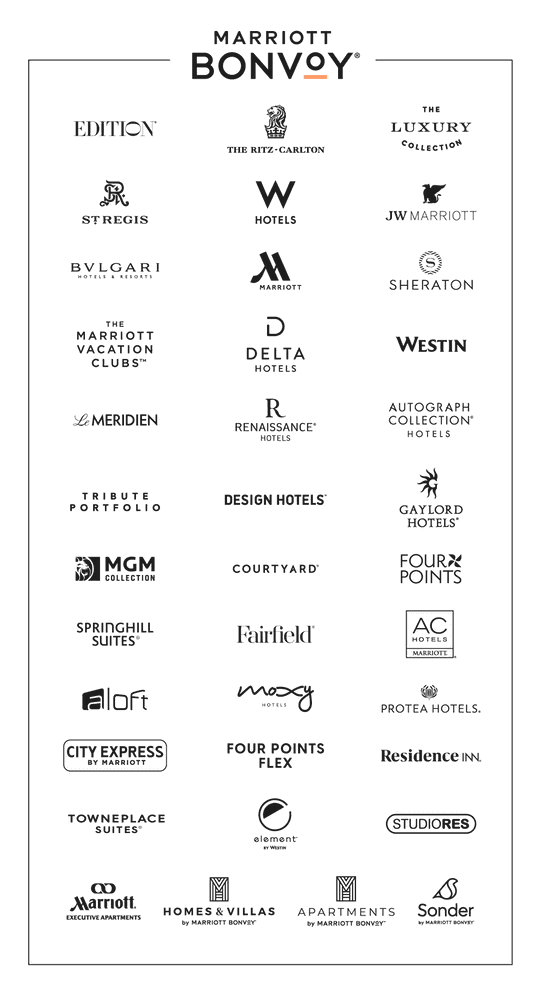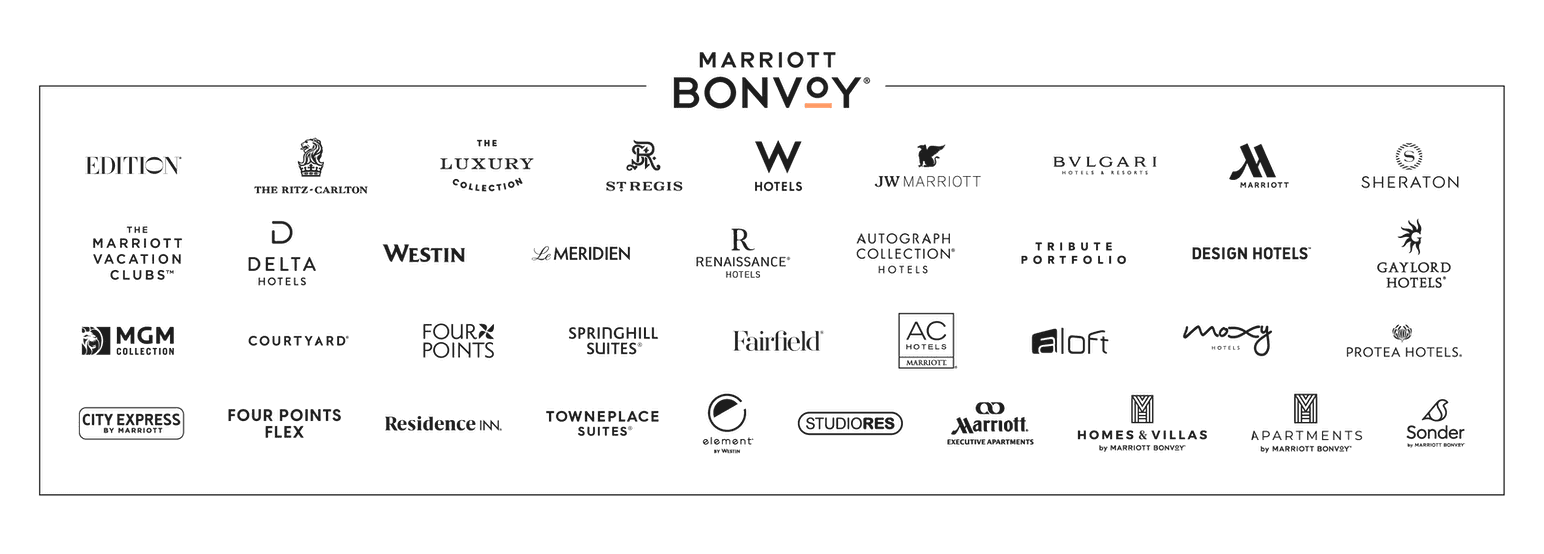The Secret to More Memorable Meetings? Less Content
You want your event to linger in your attendees’ minds long after they’ve gone home. Here’s a way to do that: Have less content.
That might seem like a paradox. But taking the foot off the gas pedal can help make meetings more memorable—the less jam-packed a schedule is, the better that attendees are able to absorb what they’re learning. Here’s why and how to ensure your attendee experience is richer, not busier.
Why Less Content Makes a Meeting More Memorable
Meetings, especially multiday gatherings, require a lot of focus from attendees. They’re in sessions, they’re learning, they’re networking. That’s why they’re there, but their cognitive resources often become overwhelmed anyway, leading them to not retain as much information as they would at a slower pace.
This in turn diminishes the value they derive from attending, rendering your meeting less productive than it could be—and potentially making attendees less likely to sign up for your next event. It can also drive burnout, something that 39% of attendees say is still a top challenge for them, according to research from global events firm Freeman.
This is particularly true of Generation Z and young millennial attendees. Freeman’s 2023 report states, “holding them captive at an event center for four days, feeding them every meal and keeping entertainment on-site, flies directly in the face of their well-researched preferences. Their time is their most valuable asset, and they want to spend it wisely.”
Easing up on a meeting’s agenda also supports neurodiversity initiatives. Delegates—both those with specific neurodiversity needs and those who do not require accommodation—may begin the day full of energy and eager to take in a full day of programming. But between being out of their normal cadence, not having control over their diet and environment, enjoying serendipitous encounters with long-lost colleagues, and being “on” for long periods, they may need time to recharge. People with neurodiverse needs have long been accustomed to modulating their energy to accomplish their goals; when you adjust your programming to account for people who explicitly need support in managing their time and energy, you give everyone a boost.
Not yet convinced? Pruning your schedule can translate to spending less, supporting your budget needs—which 75% of planners say is their top challenge right now.
How to Pare Down Your Agenda
Given that costs are still a top challenge, lengthening the duration of an event may not be on the table. Instead, find ways to do less in the amount of time you have.
There are two primary ways to do that: Have fewer sessions and activities, and have the sessions themselves be less jam-packed.
If you opt to have fewer sessions overall, consider facilitating transportation to your destination’s attractions—but without planning a full off-site activity. This helps your attendees make the most of your destination without adding another must-do that might make overburdened attendees groan.
As for giving the sessions more air, work with session leaders to ensure they’re not overloading their presentations with information. If speakers are concerned that their presentations won’t deliver unless they’re crammed with information, remind them that details can be circulated after the presentation via a handout or electronic means. That can free up the talk to give their overall message—and their audience—room to breathe.
Consider incorporating Q&A sessions with no set agenda. At October 2023’s CDW Solution Forum on Cybersecurity at the JW Marriott San Antonio Hill Country Resort & Spa, one session was a completely freestyle Q&A among panelists from various sessions. Another, dubbed “Hot Topics,” saw two panelists eating progressively hotter salsas while answering audience questions collected throughout the two-day event. The result: a playful, low-cognitive-load session that allowed attendees a chance to relax without worrying about taking notes.
Whether you host fewer sessions or just clean up the ones you have on tap, follow the advice of meetings efficiency expert Philippe Beaudry, who recommends scheduling breaks in addition to other tactics that help prevent cognitive overload.
If you find yourself reluctant to pare down on content in order to preserve your event’s value, just remember: When attendees are too drained to enjoy your programming, they’re also too drained to be invigorated by your message. The biggest value-add of all might not be an addition, but a subtraction.


The following brands do not participate in Marriott Bonvoy™ Events: Design Hotels, Marriott Executive Apartments, Residence Inn, TownePlace Suites, StudioRes, Bulgari Hotels & Resorts, The St. Regis Residence Club, The Phoenician Residences, a Luxury Collection Residence Club, Scottsdale, The Ritz-Carlton Club, The Ritz-Carlton Yacht Collection, and Homes & Villas by Marriott Bonvoy. For a full list of participating and non-participating brands, please click here.